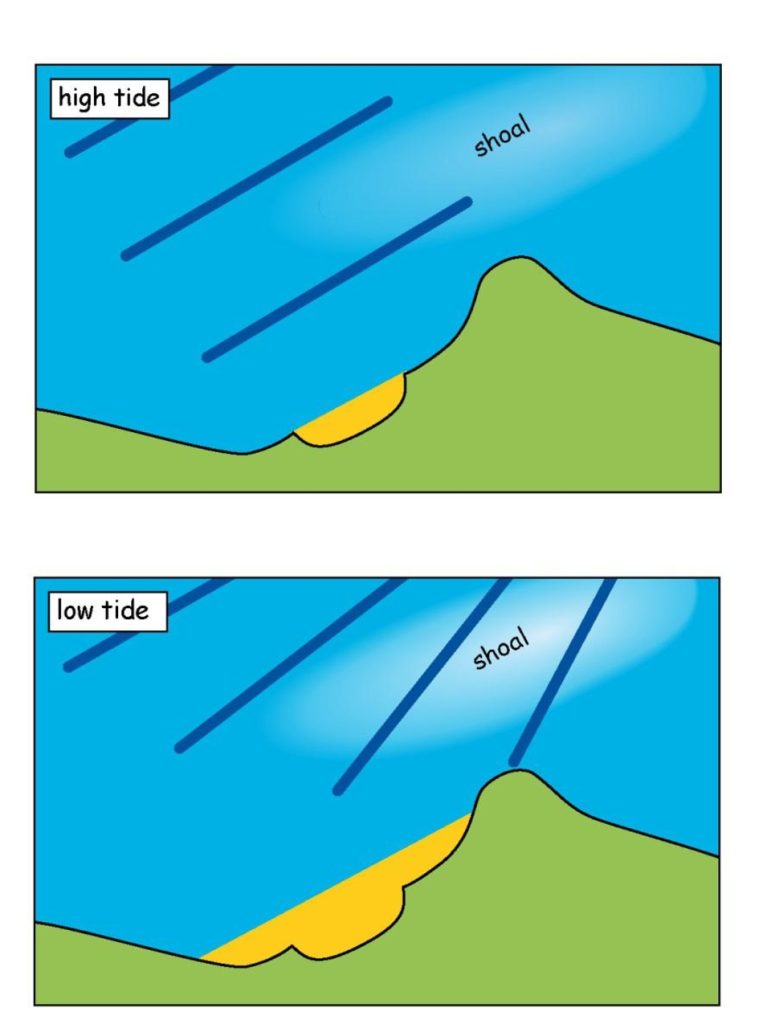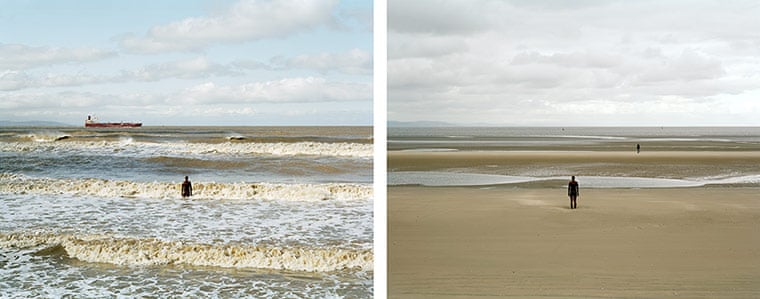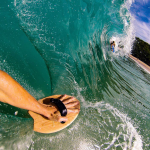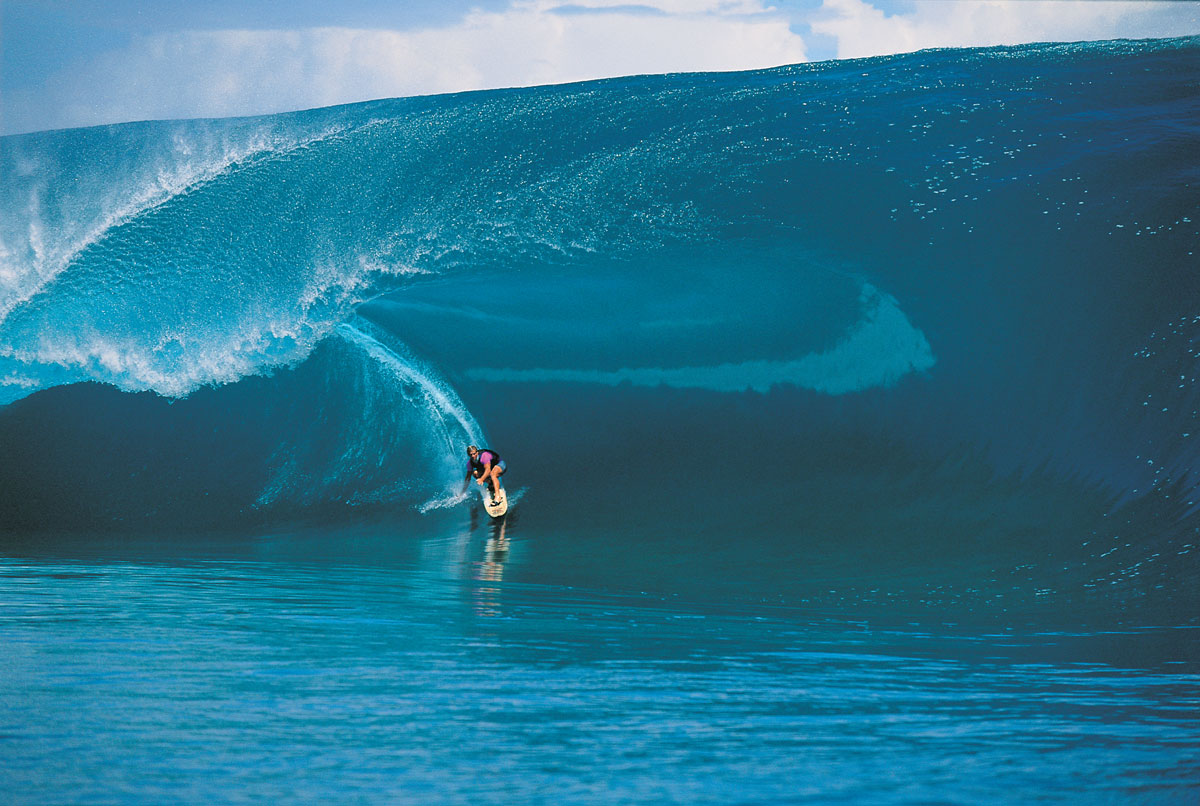Surfing is a thrilling and adventurous water sport that requires skill, patience, and adaptability. One critical factor affecting the quality of surfing conditions is the tide.
Understanding how tides work and influence the waves can help surfers maximize their surfing sessions and stay safe. In this article, we’ll provide some tips and strategies to adapt to tide times in surfing.
How to adapt to tide times in surfing

To adapt to tide times in surfing, you’ll want to know when the tides are changing and how they will affect the waves. Here are some tips to help you:
- Check the tide charts: Before heading out to surf, check the tide charts for your local beach. You can usually find these online or in surf reports. This will give you an idea of when the tide will be high or low and how quickly it will change.
- Time your session: Depending on the tide, the waves may be better at certain times of the day. For example, if the tide rises, you might find better waves in the morning, while if it’s falling, you might have better conditions in the afternoon. Plan your surf session accordingly.
- Adjust your location: The tides affect different beaches and breaks. Some breaks may work best at high tide, while others might be better at low tide. If you need help finding good waves at your usual spot, try moving to a different location that might work better for the current tide.
- Watch the waves: Keep an eye on how the waves are breaking and how the water is moving. If the waves are breaking close to the shore, it might be a sign that the tide is coming in. If the waves are breaking further out, the tide may go out.
- Be flexible: Tides can change quickly and unpredictably, so it’s essential to be flexible and willing to adjust your plans if needed. For example, if you need help finding good waves, try moving to a different spot or waiting for the tide to change. And always keep an eye on the changing conditions to ensure your safety in the water.
- Understand the tide cycle: Understanding the different phases of the tide cycle can help you anticipate how the waves will behave. For example, waves break more consistently during the incoming tide, forming more powerful swells. However, waves may be more unpredictable during the outgoing tide and break in different directions.
- Use the tide to your advantage: If you’re an experienced surfer, you can use the tide to your advantage by riding the currents and swells. For example, you can paddle out during the incoming tide and ride the swells to the shore.
- Be aware of hazards: Certain, like rocks or shallow areas, may become more dangerous or exposed during different tide phases. Be aware of any potential hazards and adjust your surfing accordingly.
- Consider the wind: Wind can also affect the waves, especially when blowing against the tide. If the wind is blowing against the tide, it can create choppy and difficult conditions. So be aware of the wind direction and how it will affect the waves.
- Practice patience: Sometimes, you may have to wait for the tide to change or the waves to improve. This requires patience and persistence but can pay off with better surfing conditions. Use the waiting time to rest, stretch, or chat with other surfers, and stay prepared for when the conditions improve.
Adapting to tide times in surfing requires careful observation, knowledge, and flexibility. By understanding how the tide affects the waves and being willing to adjust your plans, you can make the most of your surfing sessions and stay safe in the water.
Conclusion

Adapting to tide times in surfing can be challenging, but it’s an essential skill for any surfer who wants to improve their technique and enjoy the sport to the fullest. By checking tide charts, timing your sessions, adjusting your location, watching the waves, understanding the tide cycle, and being aware of hazards and wind conditions, you can make informed decisions about when and where to surf.
Remember to stay flexible, patient, and observant, and prioritize safety and respect for the ocean. With these tips and strategies, you’ll be well on your way to becoming a confident and skilled surfer.




